Sediment in a hot water heater.

by
Woodbridge Environmental Tiptophouse.com
(IC: professional)
Recently there has been posts about draining hot water heaters and the pros as well as the cons in doing this. Typical maintenance on a hot water heater is to flush the bottom drain at least once a year. In some towns where they flush their fire hydrants to keep the pipes clear it is suggested to follow their lead a few days after as any sediment that is disturbed ends up on the bottom of your heater.
What happens then is water displacement. The sandy partials that collect on the bottom of the tank displaces the water ever so slightly. This results in hot spots on the bottom of the tank. When this occurs the flames overheat the tank and begin to break down the steel. After many years this breakdown ends up becoming a tiny hole that is filled with this debris, oftentimes preventing the leak.
However if you decide to drain your heater after many years of not doing it, or all of a sudden you start using the heater more then normal, this sediment that has been plugging that tiny hole is flushed out, often resulting in a leak in a few days after.
So the moral is to flush yearly, but if you have not done so for many years to not touch it or you will end up with a leak.
After draining you may find that the flush hose bib valve at the bottom will not turn off. This is because of some sediment that has blocked the valve and prevented it from turning off. If that happens a hose bib cap can be purchased at the local hardware store for about $1.50 put that on and your good to go. The photo is the inside of such a valve on a hot water heater that was 6 years old and had never been flushed. We tried to empty this tank to replace with a new high efficiency tankless, next photo but the hole was so small it only trickled out. The new heater will produce enough hot water for two showers, one laundry and one dishwasher to run all at the same time.
What happens then is water displacement. The sandy partials that collect on the bottom of the tank displaces the water ever so slightly. This results in hot spots on the bottom of the tank. When this occurs the flames overheat the tank and begin to break down the steel. After many years this breakdown ends up becoming a tiny hole that is filled with this debris, oftentimes preventing the leak.
However if you decide to drain your heater after many years of not doing it, or all of a sudden you start using the heater more then normal, this sediment that has been plugging that tiny hole is flushed out, often resulting in a leak in a few days after.
So the moral is to flush yearly, but if you have not done so for many years to not touch it or you will end up with a leak.
After draining you may find that the flush hose bib valve at the bottom will not turn off. This is because of some sediment that has blocked the valve and prevented it from turning off. If that happens a hose bib cap can be purchased at the local hardware store for about $1.50 put that on and your good to go. The photo is the inside of such a valve on a hot water heater that was 6 years old and had never been flushed. We tried to empty this tank to replace with a new high efficiency tankless, next photo but the hole was so small it only trickled out. The new heater will produce enough hot water for two showers, one laundry and one dishwasher to run all at the same time.
Enjoyed the project?
Published March 19th, 2013 6:46 PM
Comments
Join the conversation
2 of 55 comments
-
One option to draining is called a power flush. No matter what the age is or whether or not you have flushed in the past. You can Perform a mini power flush. Simply hook a hose up to the drain valve and flush about five gallons while the tank is still on. This will not remove all off the sediment and may have to be performed several times, but if you think a full drain down is going to put you risk of leak, it is an option. If the water heater is 10-15 years old it time to replace anyway.
 Dan Moss
on Mar 13, 2016
Dan Moss
on Mar 13, 2016
-
-
 Becky at Flipping the Flip
on Nov 27, 2017
Becky at Flipping the Flip
on Nov 27, 2017
So glad I saw this before I ruined everything. We bought a new heater four and half years ago and I didn't know it needed to be drained every year. Doh. I was looking into doing it after all this time but now I won't open that can of worms. Thanks for a great and helpful post!
-



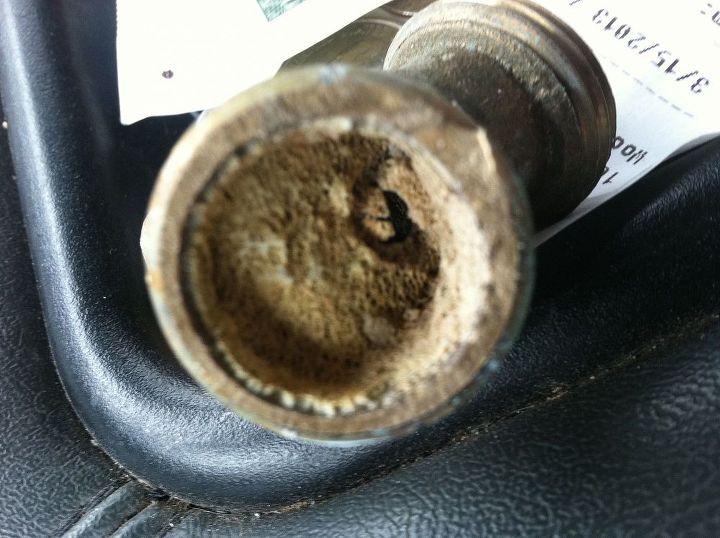
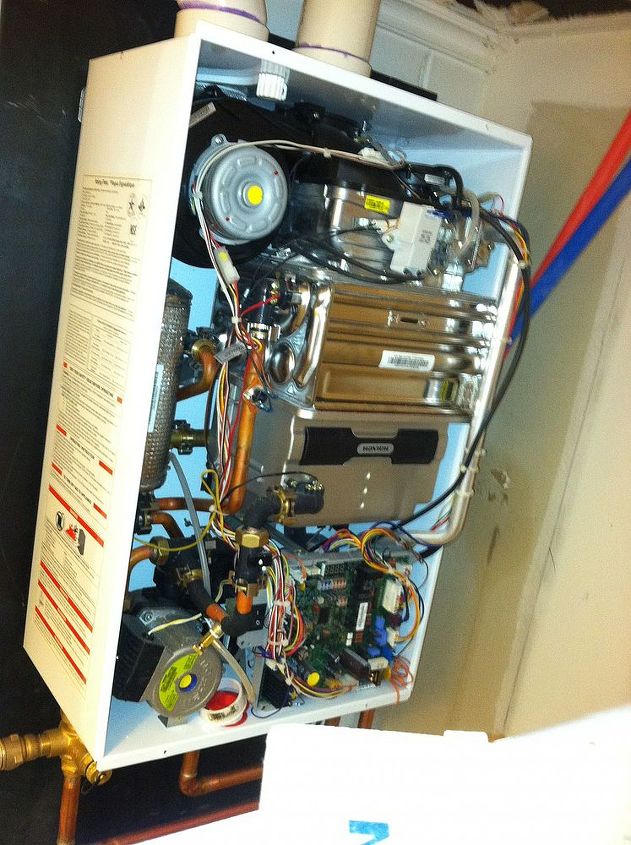
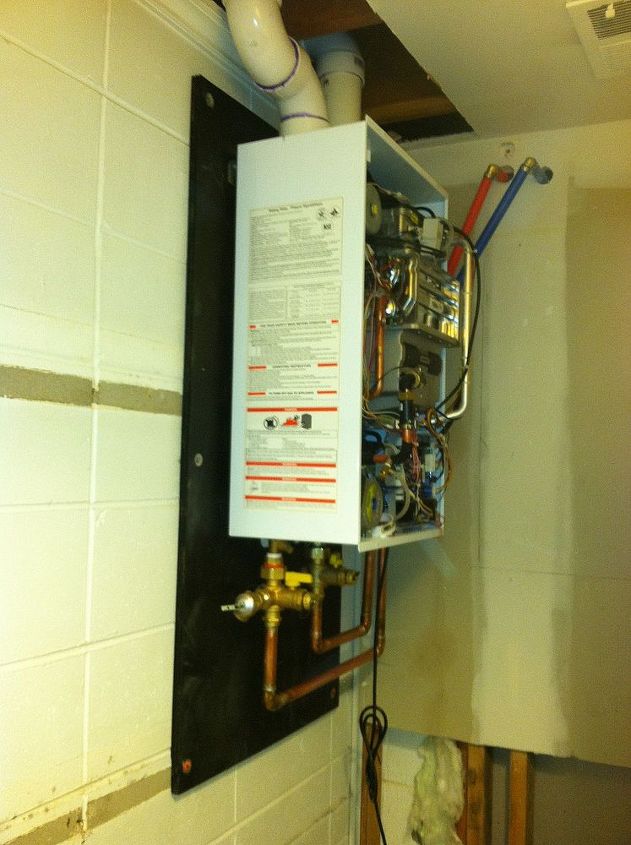
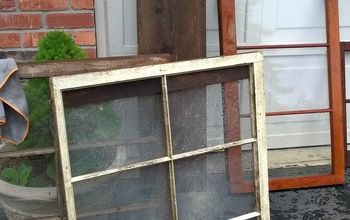




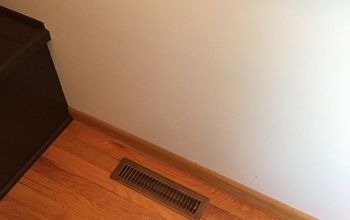
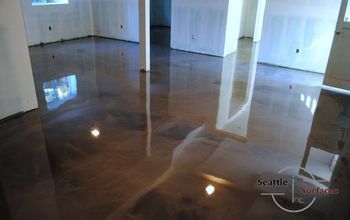


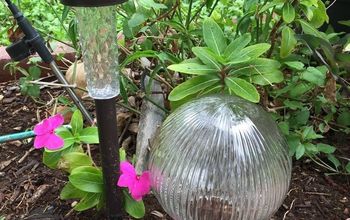

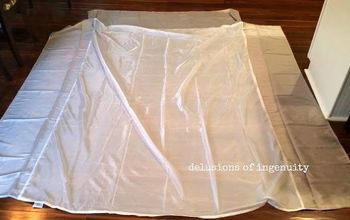

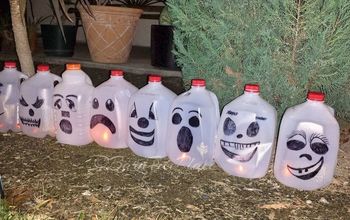





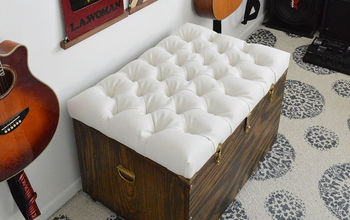
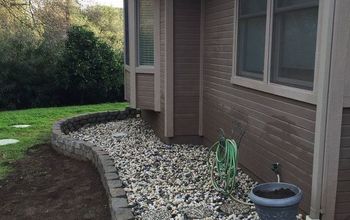
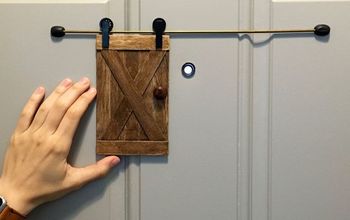

Frequently asked questions
Have a question about this project?